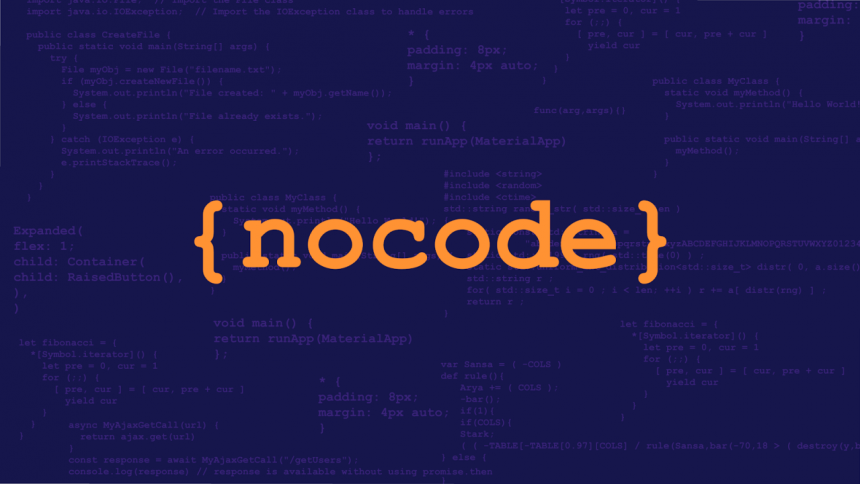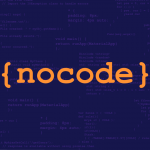Understanding the Power of No-Code Tools for Startup Idea Validation: Why They’re a Game-Changer
Starting a new business is an exhilarating journey—full of ideas, hopes, and lots of dreams. But let’s face it, it can also be pretty daunting. You’ve come up with a killer idea, but how do you know if it’s actually worth pouring your time, energy, and hard-earned cash into? That’s the million-dollar question for most entrepreneurs. The good news? No-code solutions are revolutionizing how startups validate their ideas — making the process faster, cheaper, and more accessible than ever before.
Traditional product development often requires hiring developers, coding from scratch, and waiting months—sometimes years—to get a prototype or Minimum Viable Product (MVP) out into the world. This process can be risky, especially if the core assumption about your market or user needs turns out to be off. No-code tools step in as a game-changing shortcut, allowing entrepreneurs to experiment quickly without technical bottlenecks.
Imagine creating a working prototype or MVP in a matter of days—not months. That’s the magic no-code offers. These platforms democratize startup innovation by enabling anyone with an idea to transform concepts into tangible, testable products. No-code platforms give you the power to build landing pages, workflows, or even full-fledged apps without diving into complex coding languages. This means you get to gather real user feedback early on, validate your assumptions, and make smarter decisions moving forward—whether that’s pivoting your approach or going all-in.
In essence, no-code tools make the startup process more accessible and reduce the critical risks associated with early-stage development. They’re particularly powerful for solo founders or small teams who might lack the resources to hire dedicated developers. By leveraging no-code solutions, you’re not just saving costs—you’re investing in rapid, validated learning, which substantially increases your chances of startup success.
It’s more than just a trend; it’s a strategic advantage. With no-code, you can test your ideas in the wild, make adjustments on the fly, and move forward with confidence. The ability to adapt swiftly based on real-world feedback is what separates successful startups from the rest. So, if you’re ready to turn your bright idea into a validated, market-ready solution without breaking the bank or waiting forever, no-code testing could be your secret weapon.
Practical Steps and Best Practices for Testing Your Business Ideas with No-Code Platforms: A Guide for Aspiring Entrepreneurs
Now that we’ve established why no-code tools are a major boon for startups, let’s look at how you can put them into action. Turning your idea into a tested and validated product using no-code platforms isn’t just about clicking buttons—it’s about strategic thinking, planning, and iteration. Here’s a step-by-step guide to help you make the most of no-code solutions and avoid common pitfalls.
1. Clarify Your Core Assumptions and Set Clear Goals
Before you start building anything, get crystal clear on what you want to learn. Are you testing the market’s interest? Validating whether users will pay for your product? Or exploring if your features meet user needs? Identifying your core assumptions helps you focus your efforts on what truly matters.
Define specific, measurable goals for your tests. For example:
- “Generate at least 50 sign-ups for my landing page in one week.”
- “Get 20 users to complete a desired action, like booking a demo.”
- “Validate if users find my feature valuable based on polls or feedback.”
Knowing your objectives guides your choice of tools and testing approaches.
2. Choose the Right No-Code Tools for Your Needs
Not all no-code platforms are created equal. Picking the right tools depends on your test goals and project scope.
- Landing pages/websites: Platforms like Webflow, Wix, or Carrd are perfect for quick, professional-looking landing pages to gauge interest.
- Prototypes and MVPs: Bubble, Adalo, or Glide can help you build interactive apps or prototypes without code.
- Automation and workflows: Zapier, Integromat, or n8n make it easy to automate processes, connect apps, and simulate complex functionalities.
- Forms and surveys: Typeform, Google Forms, or Airtable gather user input and feedback seamlessly.
Invest time in exploring these options and pick tools that match your technical comfort level and testing requirements.
3. Design Experiments That Capture Meaningful Data
A well-designed experiment yields valuable insights. For example:
- Landing pages with A/B testing: Test different headlines, images, or call-to-action buttons to see what converts best.
- Interactive demos: Use no-code tools to create clickable prototypes that simulate your product experience.
- Pre-orders or sign-ups: Offer a way for early users to commit or express interest, validating demand.
- Surveys and feedback forms: Ask direct questions about your idea, usability, or features.
Remember, keep experiments simple and focused. The goal is to learn, not to build a perfect product right out of the gate.
4. Track Metrics and Analyze User Feedback
Once your tests are live, it’s crucial to measure what happens. Integrate analytics tools like Google Analytics, Hotjar, or Mixpanel to monitor user behavior. Collect qualitative feedback through surveys or interviews.
Pay close attention to:
- Conversion rates (visitors to sign-ups or purchases).
- Engagement levels (how users interact with your prototype).
- Drop-off points (where users lose interest or get stuck).
Use these data points to assess whether your assumptions hold true.
5. Be Ready to Pivot and Iterate Rapidly
Armed with insights, adjust your approach. Maybe your headline was off, or users want a different feature. No-code tools make it easy to tweak your prototypes and launch new tests quickly.
Next, scale gradually—test with larger audiences or in new segments once you’ve refined your prototype. The key is to treat every iteration as a learning opportunity, refining your idea until it’s tuned to what users need and want.
Final Thoughts
Testing your startup ideas with no-code solutions isn’t just a shortcut; it’s a smarter way to build. By harnessing the power of no-code platforms, you can validate your assumptions early, reduce risks, and make data-driven decisions that set your startup on a path to success.
The process is accessible, affordable, and surprisingly quick—which means you can move from idea to validated product faster than ever before. So, whether you’re a solo founder bootstrapping your first venture or part of a small team pushing to innovate, embracing no-code testing is one of the best moves you can make.
Ready to turn that brilliant idea into something real? Dive into no-code platforms and start experimenting today. Your future startup will thank you!










